Art World
11 New(ish) Art Books That We Really Want to Read Over the Holidays
From a new biography on Alexander Calder to a creative cookbook, here's what we'll be reading over the holidays.
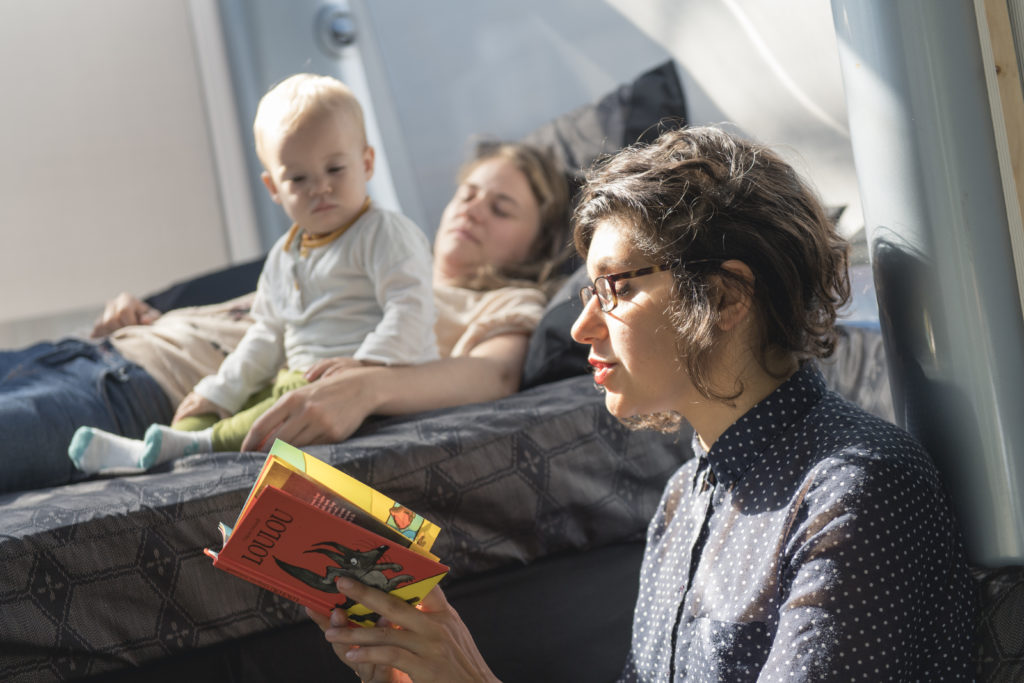
From a new biography on Alexander Calder to a creative cookbook, here's what we'll be reading over the holidays.

Artnet News

We’re gearing up for the end-of-year holiday break, but that doesn’t mean we’ll be taking a break from art writing. On the contrary, we’re planning to take the opportunity to delve into some of those fascinating art reads we’ve been meaning to get around to this year.
From criticism and interviews to cookbooks and even an art world thriller, here are some of our top picks for art books to read this winter. Happy Reading from all of us at artnet News!
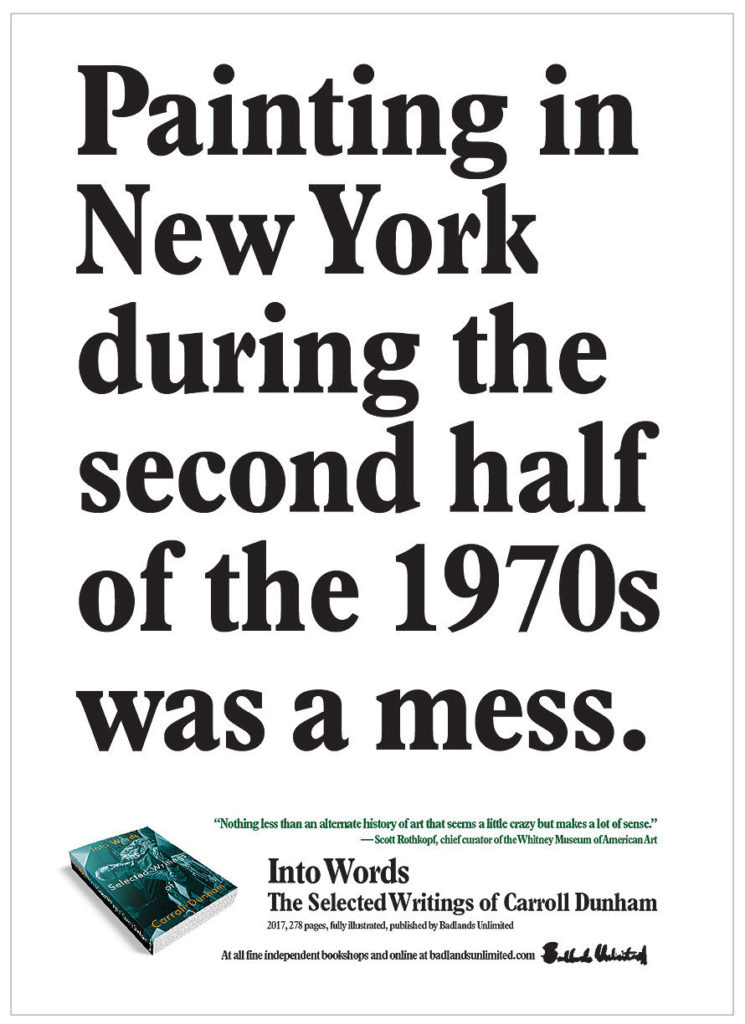
Carroll Dunham’s Into Words press poster. Courtesy of Badlands Unlimited.
In addition to being an acclaimed artist, Carroll Dunham is also an astute writer. The collected writings gathered here range from reviews of Picasso and Jasper Johns to a close look at Kara Walker’s films, as well as thoughts about the artist’s own practice. Anyone interested in contemporary art and culture will find this a compelling read.
—Taylor Dafoe
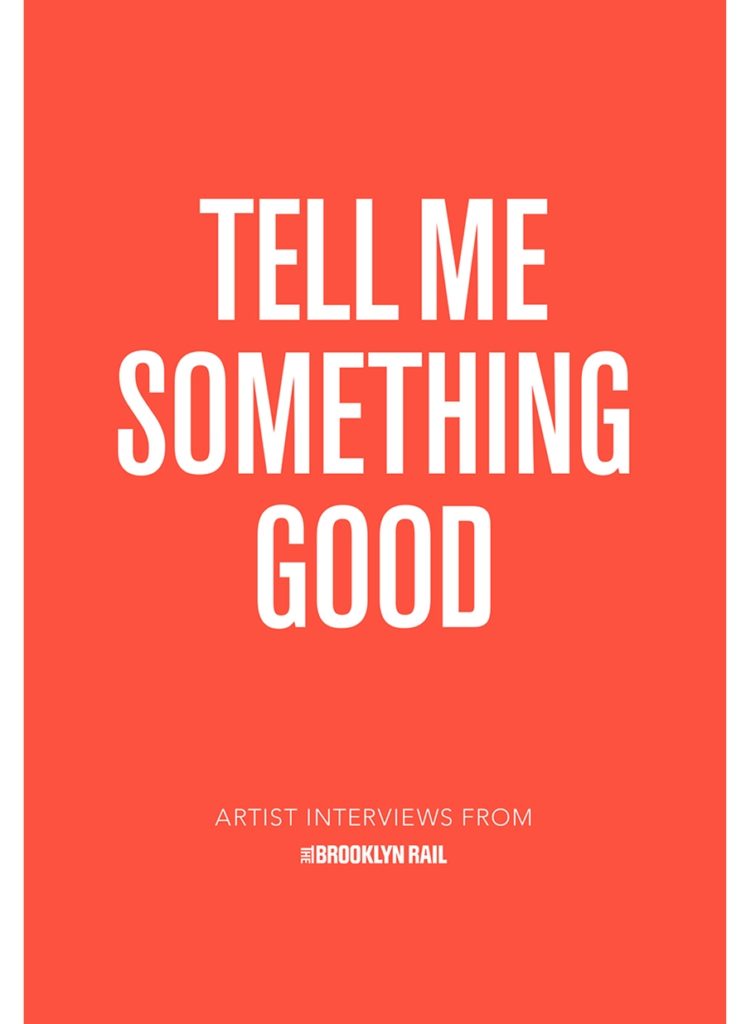
Tell Me Something Good. Courtesy of David Zwirner Books.
For the first time, roughly 60 artist interviews from The Brooklyn Rail are compiled in one place, including talks with established artists such as Richard Serra and Brice Marden, as well as younger names like Alex Da Corte. Collectively the interviews tell the story of the storied art publication and chronicle its development against the backdrop of the expanding contemporary art scene.
—Taylor Dafoe
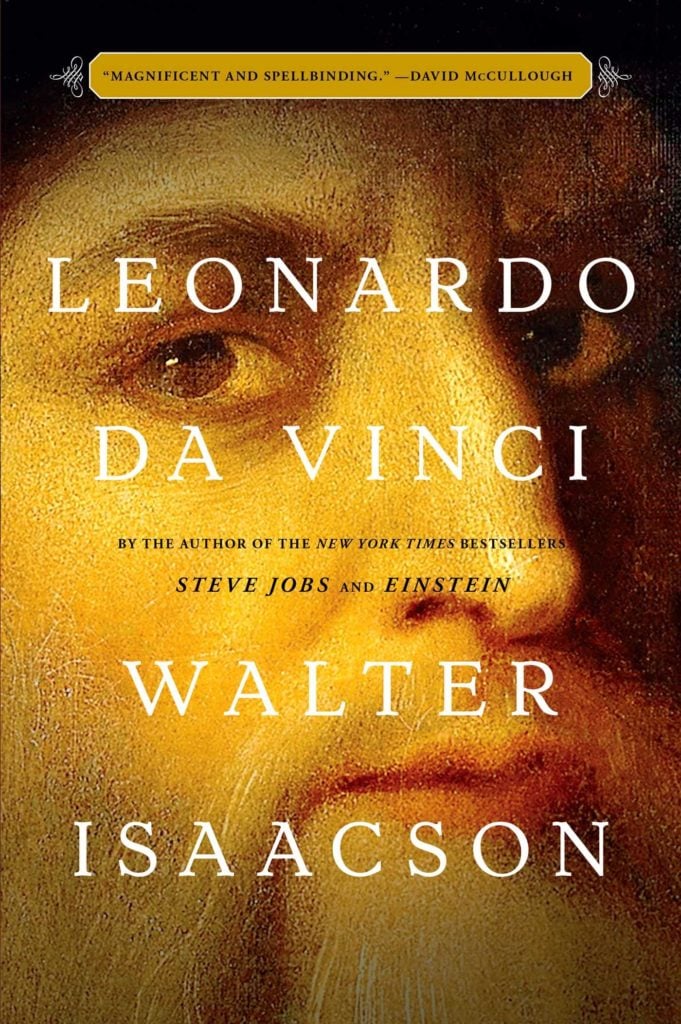
Walter Isaacson, Leonardo da Vinci (2017). Courtesy of Amazon.
Walter Isaacson’s new biography of Renaissance great Leonardo da Vinci is already slated to become an Oscar-baiting film starring his 21st century namesake, noted art lover and actor Leonardo DiCaprio. The author has already tackled such luminaries as Albert Einstein, Benjamin Franklin, and Steve Jobs, so he’s well prepared to deal with Leonardo’s multifaceted genius. Based on thousands of pages of the polymath’s notebooks, it’s no wonder that the volume, which promises to reveal Leonardo as “a bit of a misfit: illegitimate, gay, vegetarian, left-handed, easily distracted, and at times heretical,” weighs in at a mammoth 624 pages. I look forward to reading them all.
—Sarah Cascone

Robert Storr’s Interviews on Art (2017). Courtesy of Heni Publishing.
This vast treasure trove, compiled by art historian Francesca Pietropaolo, features dozens of interviews with some of the leading lights of the past generation as well as compelling pictures and shots of their artwork and personal photos from legendary critic, artist, and curator Robert Storr, also the longtime dean at the Yale School of Art. Pietropaolo chose the 61 interviews from a larger pool in Storr’s archive, spanning the years 1981 to 2016. “They comprise engaging and thought-provoking dialogues with a wide range of artists of different generations and of different formal and poetic inclinations,” writes Pietropaolo. Another gem here? Pietropaolo’s fascinating one-on-one conversation with Storr about how he approaches everything from an interview with an iconic artist to how he curates an art show.
—Eileen Kinsella
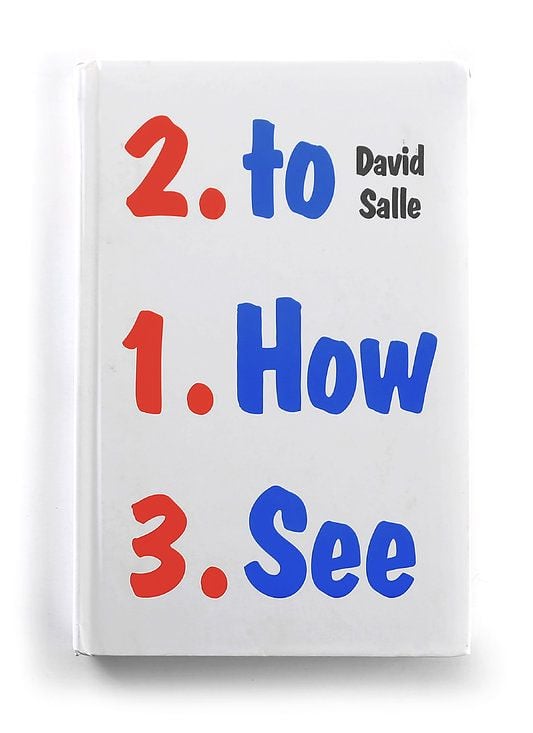
David Salle’s How to See (2016). Courtesy of W.W. Norton.
Tackling pressing questions like how art inspires, informs and challenges the viewer, painting star David Salle’s essays are engaging and refreshingly jargon-free. Salle engages friends and contemporaries, including John Baldessari and Alex Katz, delving into the personalities of the artist and the work itself.
—Eileen Kinsella

Alain Elkann’s Interviews (2017). Courtesy of Amazon.
Alain Elkann’s collected interviews are not limited to art and artists—though it does include talks with collector Aby Rosen and architect David Adjaye—but the journalist and novelist does approach interviewing as an art form. In a talk to introduce the book this past fall at New York’s Italian Cultural Institute, sitting next to designer Diane von Furstenberg and Bloomberg editor in chief John Micklethwaite, Elkann emphasized the importance of fearlessness, be it in asking an interview subject to repeat an answer numerous times, or never being subservient to them. Says Elkann: “You have to be equal to the person you interview, even the most famous or powerful. The interview has to be like a short story, with a beginning, the central part, and the end.”
—Eileen Kinsella
Based on dealer, advisor, and writer Marta Gnyp’s PhD research, this book explores how the power balance in the art world has shifted toward contemporary collectors. Based on a number of interviews with art collectors from around the world, Gnyp offers insights into what drives and motivates them, taking into account everything from social camaraderie to financial incentives. She also uses behavioral economics to analyze the psychological side of collecting and explain buying behaviors. This book is a must-read for art world insiders looking to gain greater understanding of the individuals that drive the art market, and an excellent crash course for non-specialists who want to understand what keeps the art world spinning.
—Henri Neuendorf
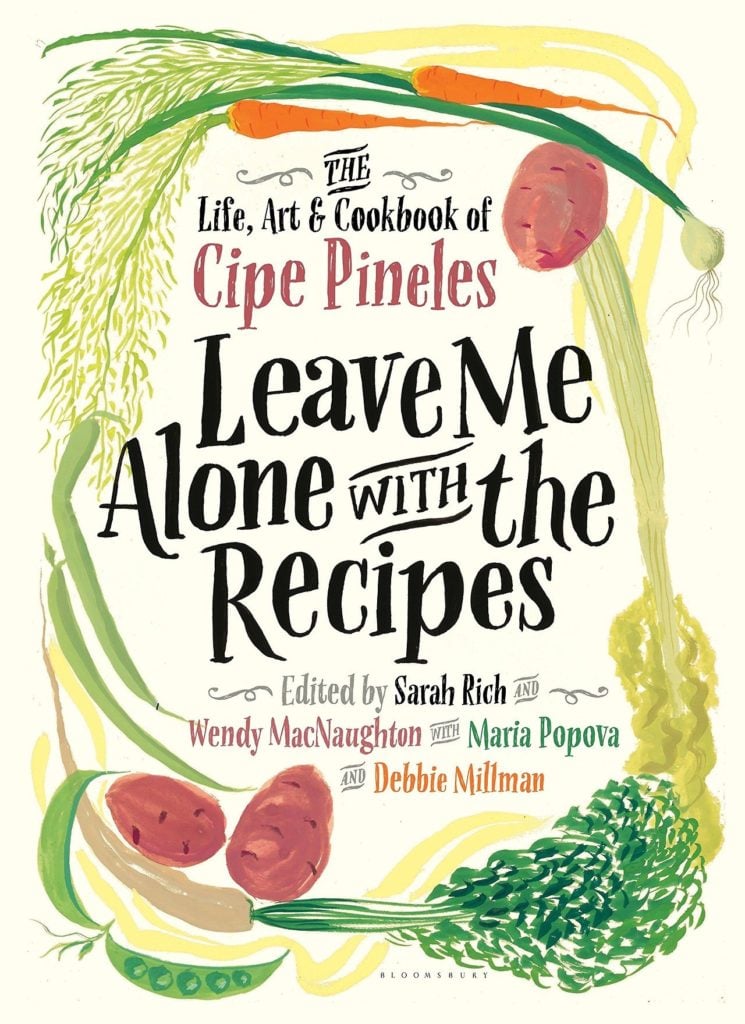
Leave Me Alone With the Recipes: The Life, Art and Cookbook of Cipe Pineles. Courtesy of Bloomsbury.
My first thought upon discovering the pioneering art director and illustrator Cipe Pineles (1908–1991) was similar to that of the editors of her newly published cookbook, which she hand-wrote and illustrated in 1945: Why hadn’t I heard of her? As a fine art major in college, I concentrated in graphic design, and every course seemed to involve an art history project in which each student would be assigned a famous graphic designer on which to do a report.
Luckily, it was my alma mater, Fordham University, that rectified this unfortunate gap in my education, when I stumbled into an exhibition of the original Leave Me Alone With the Recipes artwork, staged this fall in conjunction with the book’s release.
Pineles’s illustrations leap from the page, so vibrant you can almost taste her mother’s Eastern European recipes for borscht, along with less-familiar delicacies like caraway soup. Equally captivating is reading the story of an immigrant and a woman who defied the odds to become a leader in her field—the first women to join the prestigious Art Directors Club and the first inducted into its hall of fame. She also happened to be Andy Warhol’s favorite art director. From Conde Nast to Seventeen to teaching at Parsons, Pineles helped shape the world of 20th-century graphic design over the course of her nearly 60-year career. Truly, “she is the artistic great-grandmother we never knew.”
—Sarah Cascone
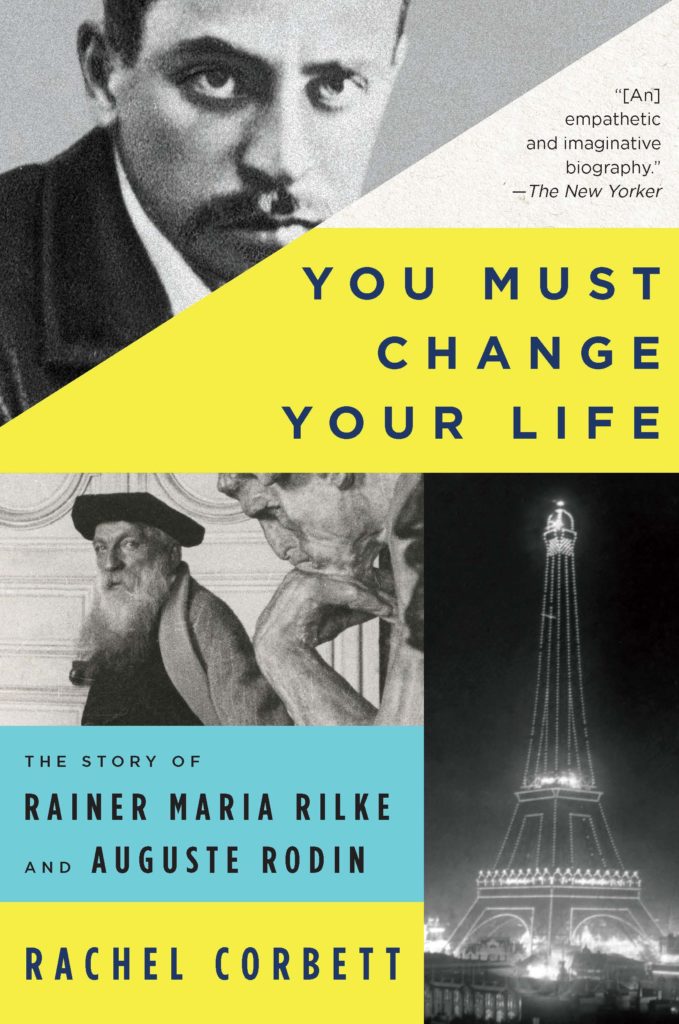
You Must Change Your Life by Rachel Corbett. Courtesy of W.W. Norton.
In her prize-winning book, Rachel Corbett, now deputy editor at artnet News, tells the story of the “bromance” between poet Rainer Maria Rilke and Auguste Rodin, the renowned sculptor whose work is currently everywhere as institutions mark the centenary of his death. In 1902, when Rilke went to Paris to research a book about Rodin, he was a struggling poet, while the sculptor was already a revered and towering figure in the art world. Despite the fact that they were polar opposites, a friendship developed almost instantaneously.
artnet News’ national critic Ben Davis called it “just a wonderfully readable work of art historical biography,” noting that Corbett manages to illuminate not just the central relationship between Rilke and Rodin but “also the whole social constellation around them, giving gracefully rendered intellectual portraits of woman like Paula Modersohn-Becker, Camille Claudel, and Lou Andreas-Salome.” The book, for which Corbett won the 2016 Marfield Prize, was released in paperback this fall.
–Eileen Kinsella
Sure it’s the dead of winter—well almost—but that doesn’t mean you can’t take a vicarious mental journey to Cape Cod at the peak of summer. Contemporary art looms large in the plot, in which a middle-aged painter serves as the story’s protagonist and unwitting hero. There’s also an all-too-familiar type of uber-welathy twenty-something art patron. The tale opens with the mysterious crash of a private plane that plunges into the ocean mere minutes after takeoff from Martha’s Vineyard. Just like in our present condition, conspiracy theories abound about who might have caused or benefited from such a tragedy—and before long, suspicion focuses on the artist at the heart of this whodunit page-turner.
—Eileen Kinsella
I’m putting this book about Alexander Calder, based on the artist’s letters and papers, as well as interviews conducted by author Jed Perl, on my to-read list for the holiday break because it somehow manages to be the first biography of the legendary artist. It features 350 illustrations, including images of several little-known works, as well as previously unseen archival photos. It also catalogues Calder’s fascinating friendships with the likes of Joan Miró, Marcel Duchamp, Georges Braque, and Piet Mondrian.
—Sarah Cascone